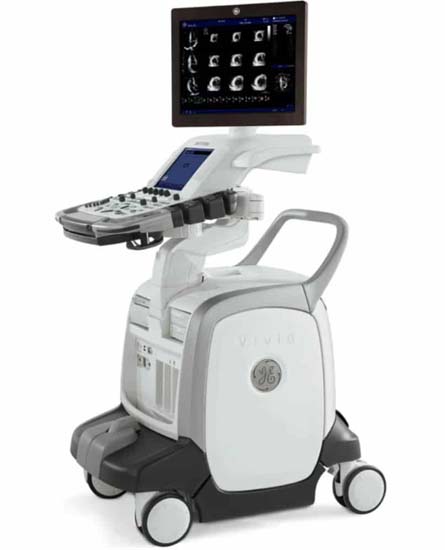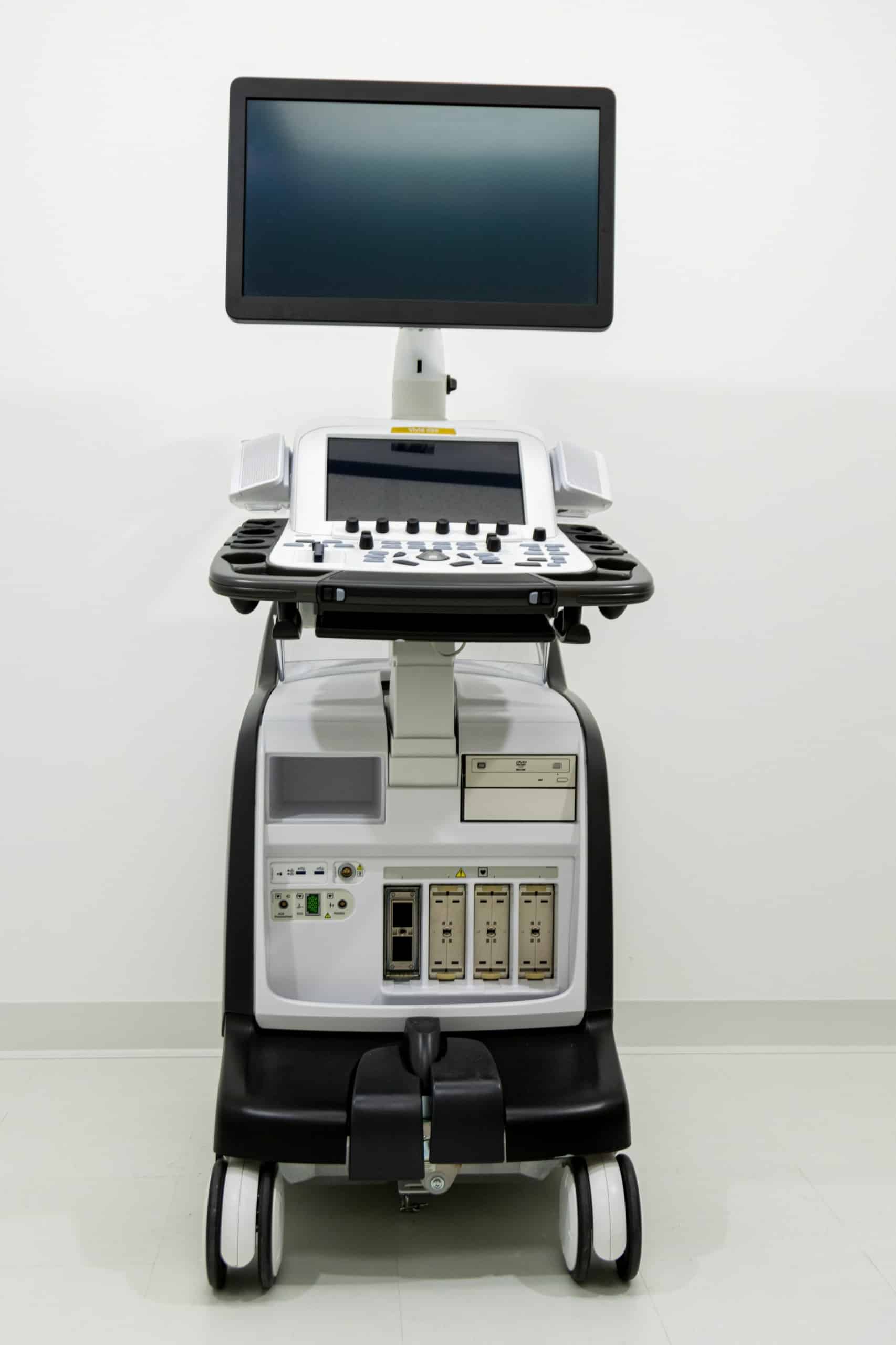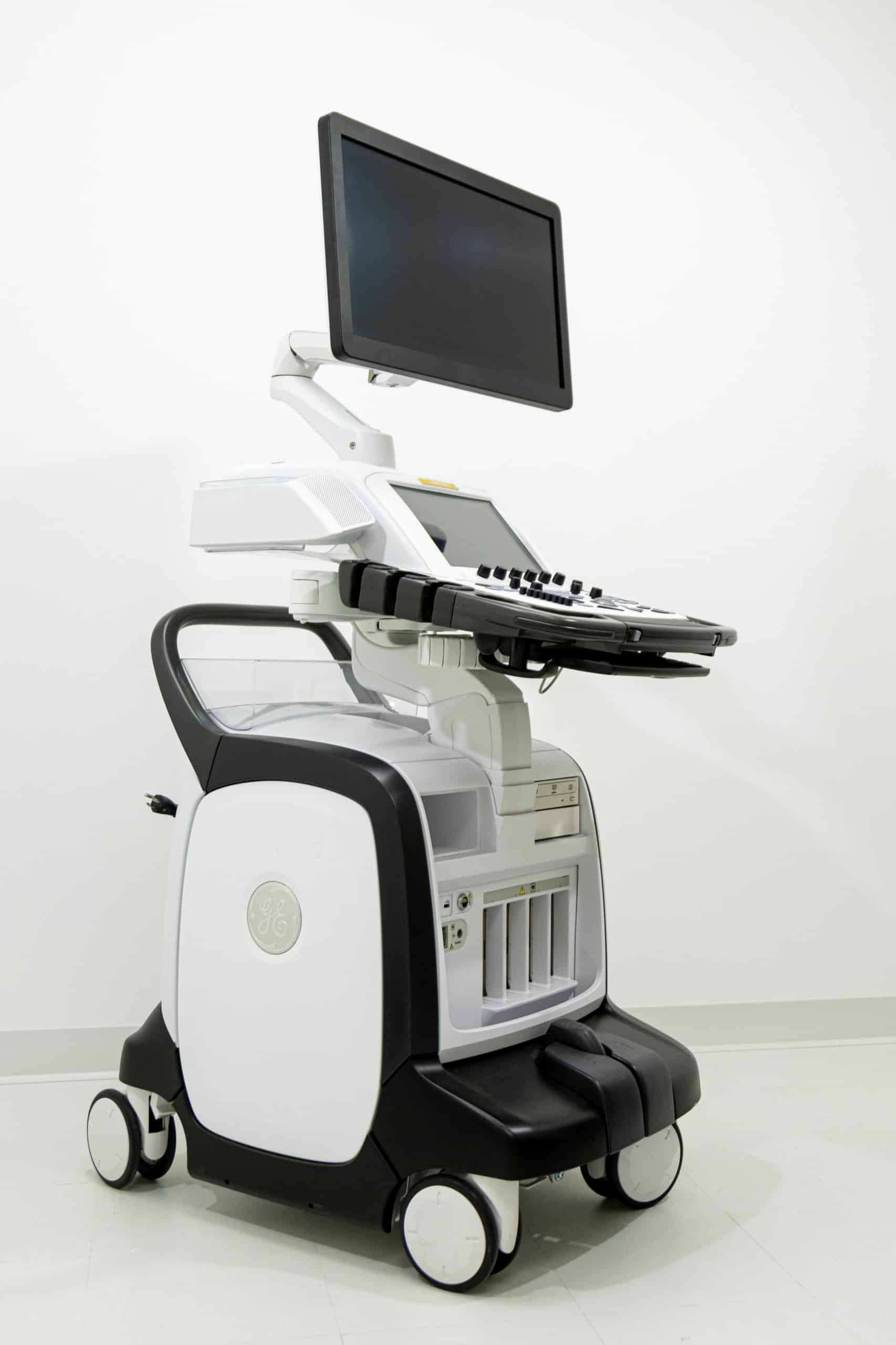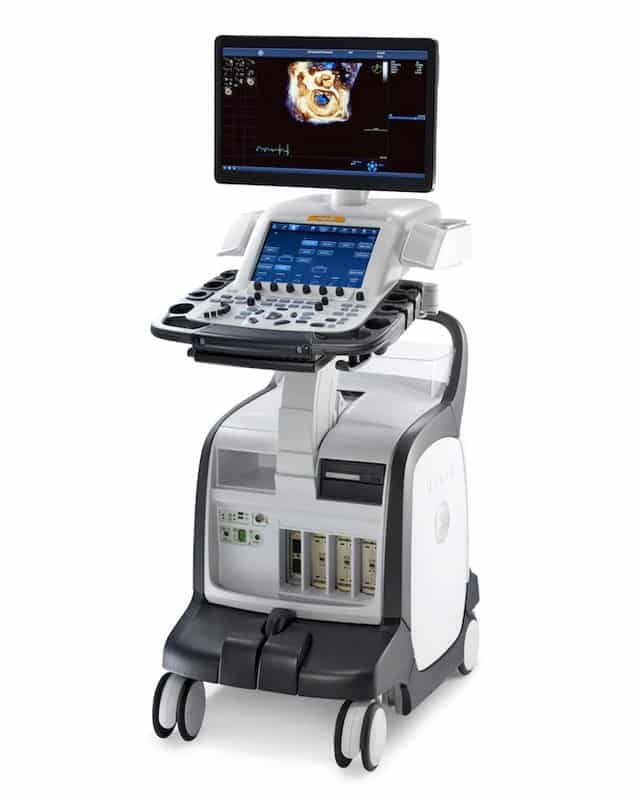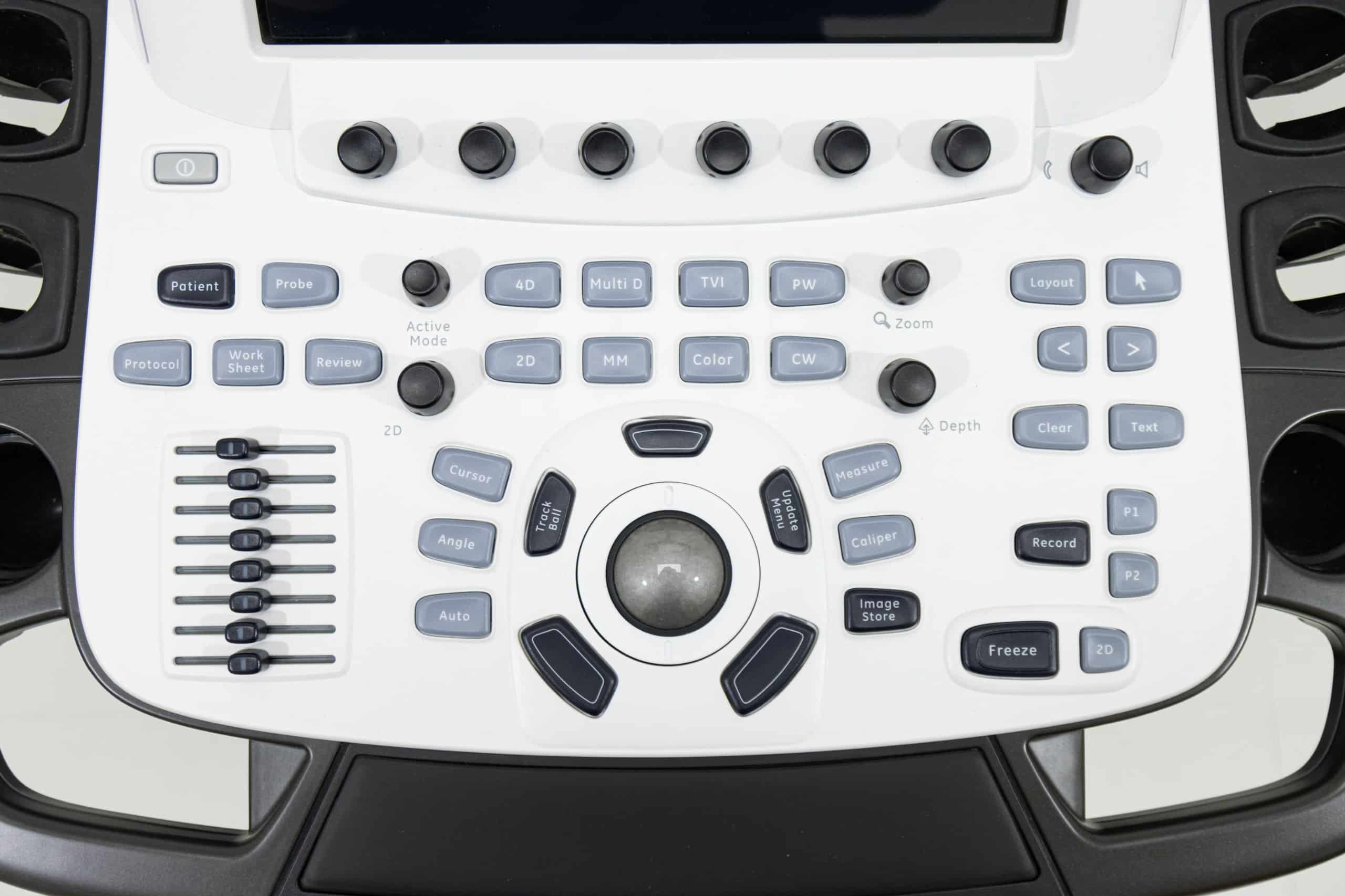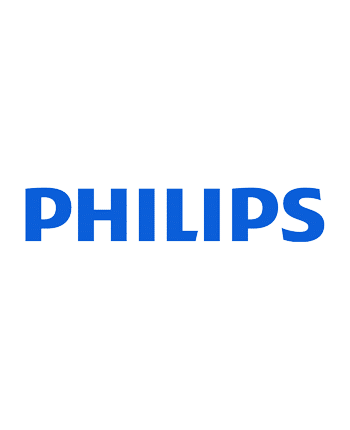GE Vivid E95 Ultrasound Machine
Call to configure, special pricing available 317-759-9210
The refurbished GE Vivid E95 premium cardiovascular ultrasound machine features GE’s latest technologies and advances in cardiac ultrasound. It is considered by some to be the best machine on the market.
The Vivid E95 has a host of advanced features, including single crystal probes, advanced 4D multiplane cardiac and cardiac TEE imaging, as well as improved cSound architecture upgraded from its predecessor the GE Vivid E9.
If you’re looking for a premium cardiovascular ultrasound machine, it’s hard to beat the value, power and performance of the GE Vivid E95. We have this available for sale or rent.
